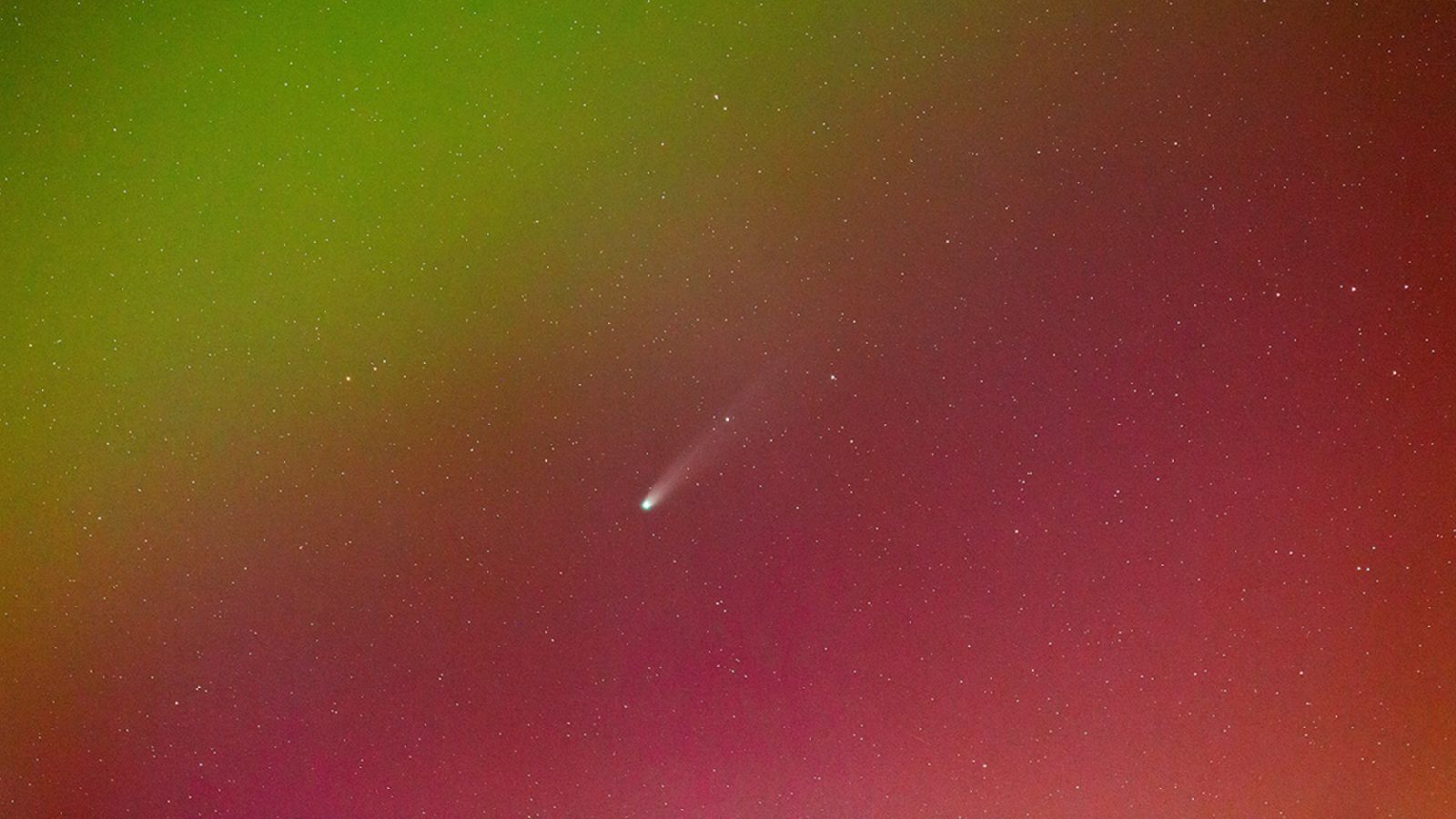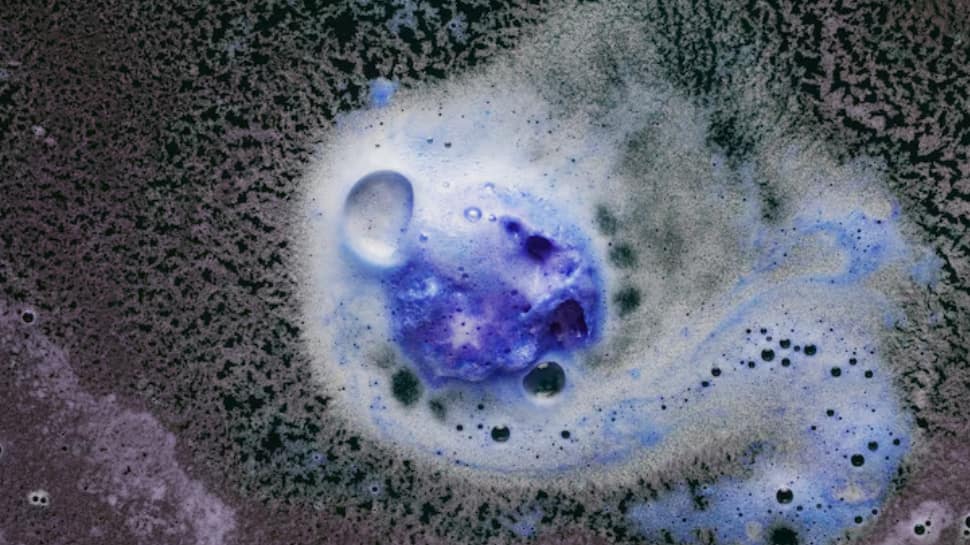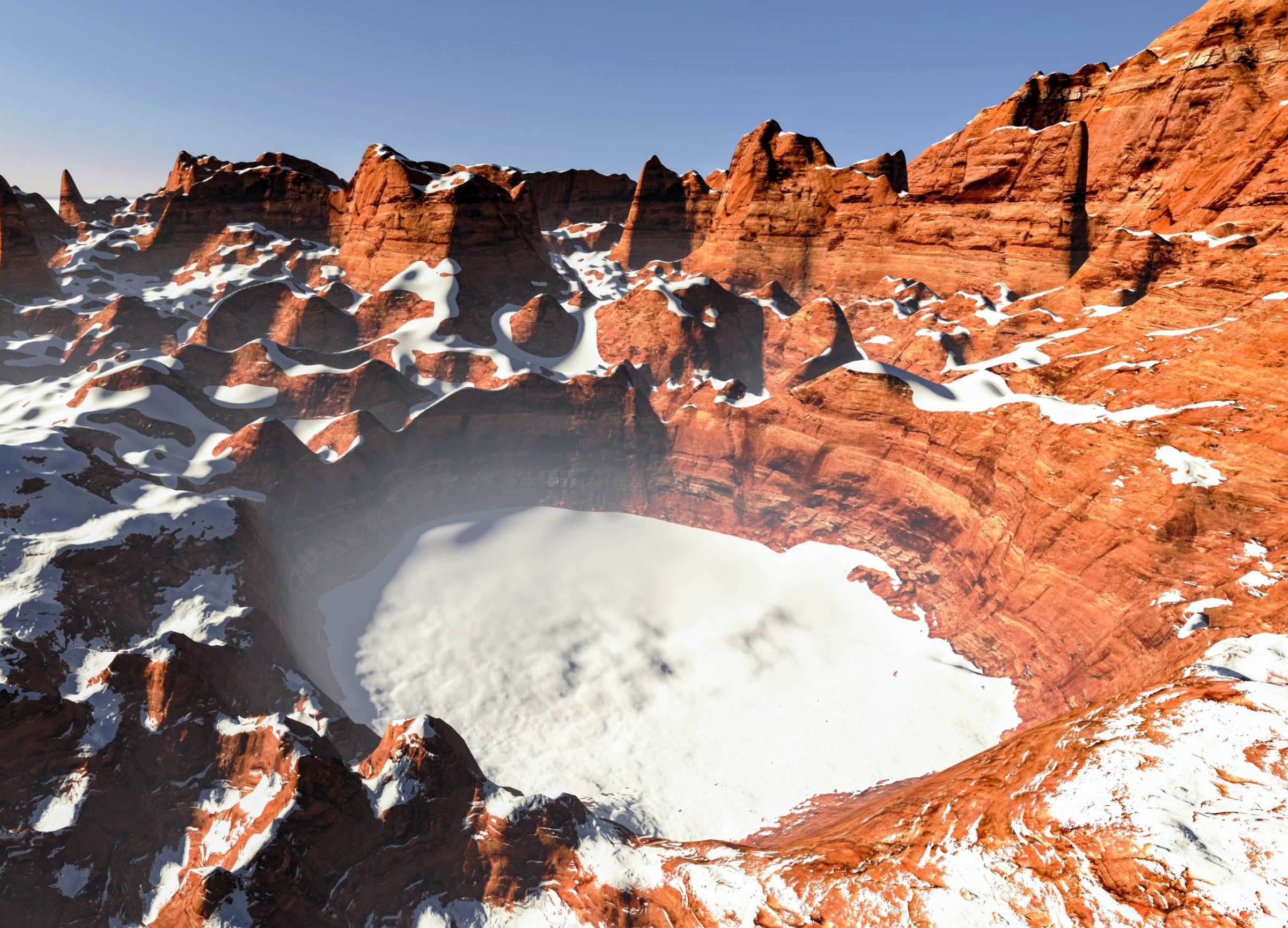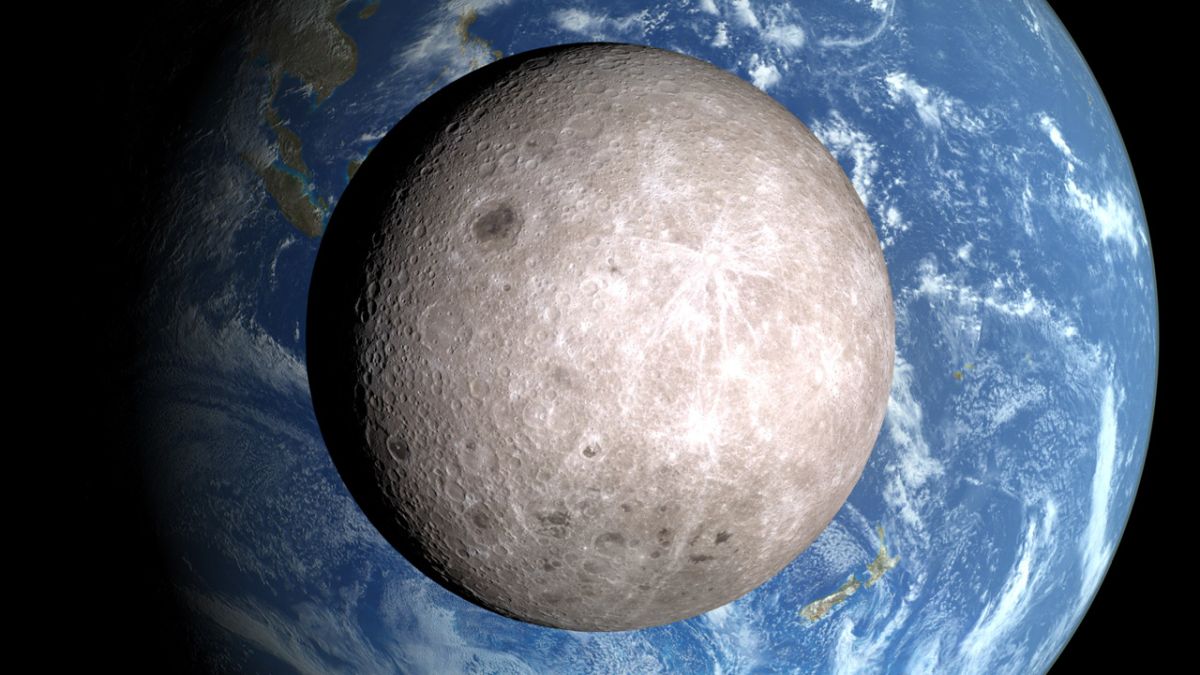Shocking Plan to Launch 4,000 Space Mirrors Could Drown Out the Stars Forever!
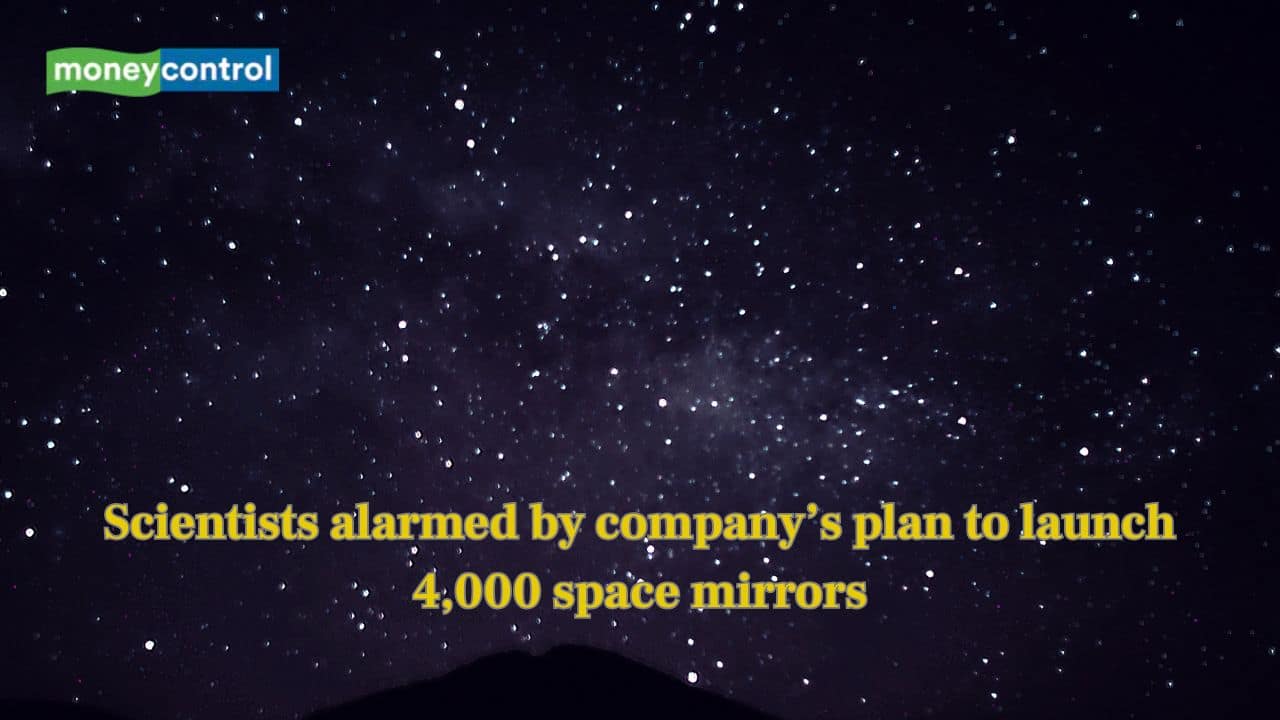
Imagine a world where the stars in the night sky are simply drowned out by a blinding array of artificial lights. Sounds like science fiction, right? Well, it’s about to become a reality thanks to a daring US startup named Reflect Orbital, which is gearing up to launch over 4,000 reflective satellites designed to beam sunlight back to Earth. Their bold vision? To extend daylight hours for farming and energy production. But at what cost?
Reflect Orbital's first satellite, Eärendil-1, is set to make its debut next April, sporting an impressive 18-meter square mirror intended for initial testing. This ambitious project aims to create a “light on demand” service that could disrupt our natural rhythms and the ecosystem as we know it.
However, the scientific community is sounding the alarm. Astronomers are deeply concerned about the potential obliteration of night-sky visibility, warning that these massive mirrors could outshine the stars by four times their brightness. This kind of light pollution poses a direct threat to celestial observations, as the subtle beauty of dimly lit stars would become a mere memory under this artificial glow.
But the worries don’t stop there. Ecologists are raising red flags about the potential harm to wildlife. Many species rely on natural darkness for navigation, reproduction, and survival. The bright lights could disorient creatures that call the night their home, cascading through the delicate networks of ecosystems that depend on these rhythms.
In response to the backlash, Reflect Orbital emphasizes their commitment to safety and responsibility, claiming their design will limit excessive exposure. The first trial is planned to illuminate just a five-kilometer area, and the mirrors will tilt away when not in use to minimize impact. They also promise to conduct environmental assessments with the help of independent experts.
As discussions unfold, astronomers are urging international regulations to prevent what they see as an impending threat to our shared cosmic heritage. The tension between innovation and the preservation of our night skies is heating up, and experts are calling this proposal “pretty catastrophic.” Will the quest for more light come at the expense of our dark skies?











